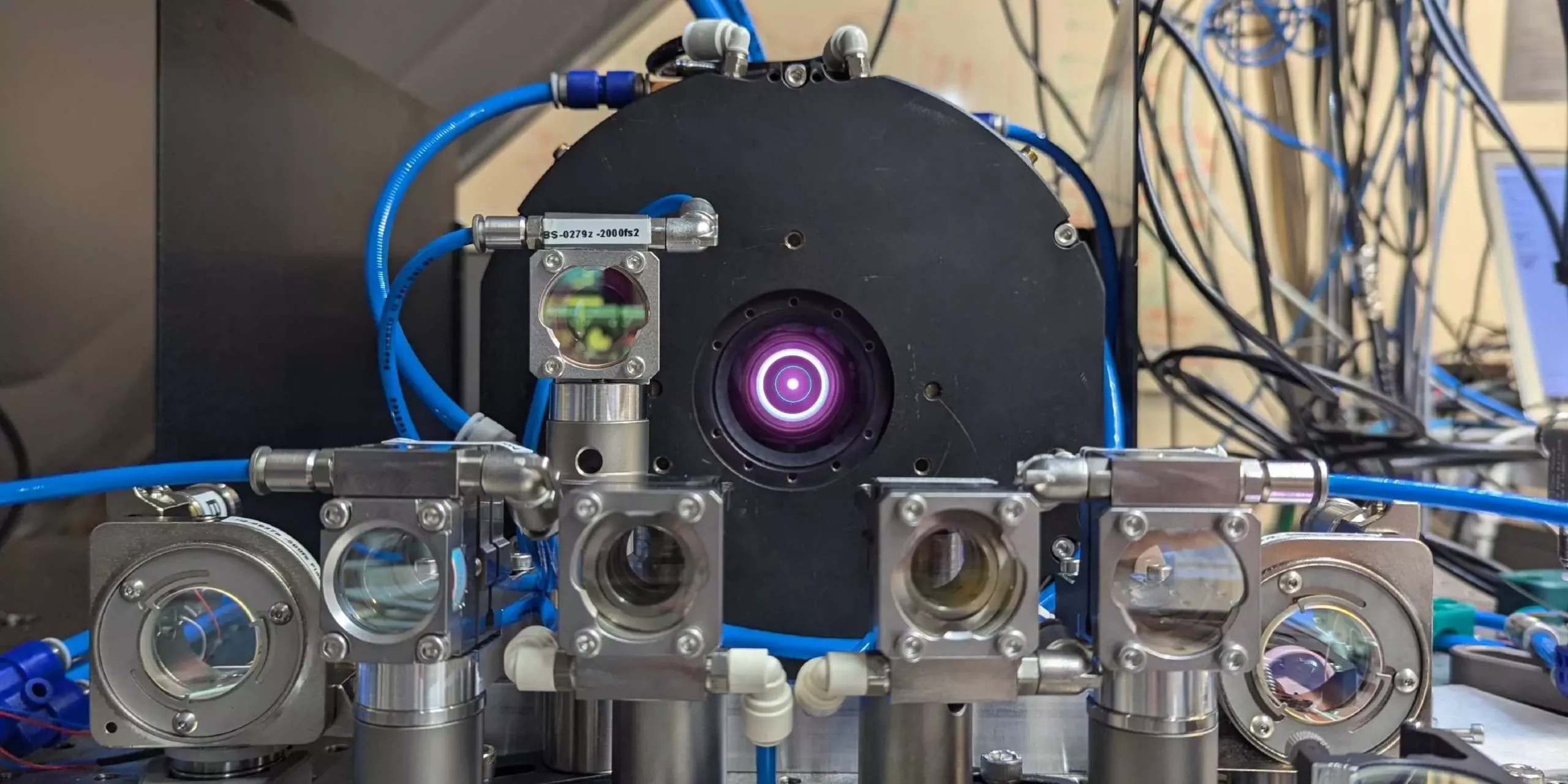In recent years, the field of laser technology has seen monumental advances that extend its applications beyond mere continuous beams of light to encompass extremely short and powerful laser pulses. While the traditional perception of lasers primarily conjures thoughts of steadiness and uniformity, breakthroughs in the science of pulsed lasers have opened avenues in various sectors, from manufacturing to cutting-edge scientific research. The ability to generate extraordinarily brief bursts of light—lasting mere attoseconds (one quintillionth of a second)—not only garners academic interest but also has significant implications in material processing and enables the observation of ultrafast phenomena.
A remarkable achievement in this domain was made by a team at ETH Zurich, spearheaded by Professor Ursula Keller at the Institute for Quantum Electronics. This research team has set a new benchmark for laser pulse generation, achieving notably high output levels that redefine what is technologically possible in the realm of laser oscillators. Their innovation resulted in laser pulses that maintain an average power of 550 watts, surpassing previous records by over 50%. What sets this development apart isn’t just the raw power; it’s the exceptionally short duration of the pulses, measured in picoseconds—one trillionth of a second—and a staggering pulse repetition rate of five million pulses per second. To put this power output into perspective, the peak power achieves levels akin to 100 megawatts, sufficient to operate 100,000 household appliances momentarily.
The critical advancements behind this record-setting laser pulse were realized through two significant innovations—one involving a sophisticated arrangement of mirrors and the other hinging on a special type of mirror known as a Semiconductor Saturable Absorber Mirror (SESAM). The ingenious design allows laser light to reflect within the amplifying disk multiple times, facilitating an increase in light intensity without compromising the stability of the laser. This multi-reflection setup is pivotal in constructing a highly effective amplification mechanism.
As for the SESAM, this technology, introduced by Keller three decades ago, operates on a principle where the reflectivity is contingent upon the incident light’s intensity. The SESAM enables the laser to shift from a continuous beam to outputting highly concentrated pulse peaks. As pulse formation requires the internal light intensity to breach a specific threshold, the SESAM optimally reflects light that has undergone amplification. As a result, the laser is compelled into a pulsed mode, which drastically enhances the energy concentration in each pulse, thereby facilitating discoveries in precision measurements and high-frequency applications.
Achieving this milestone did not come without its challenges. The development process entailed navigating a multitude of technical obstacles, such as integrating a sapphire window with the semiconductor component of the SESAM mirror, thus enhancing its performance. The culmination of these efforts was not merely an academic exercise; rather, it represented a critical shift toward utilizing laser oscillators as reliable and potent alternatives to conventional amplifier-based systems. These oscillators promise improved performance and efficiency in a myriad of applications.
Looking ahead, the newly developed laser technology holds the potential to revolutionize various fields. One of the most tantalizing possibilities is its role in advancing frequency combs usable in ultraviolet to X-ray ranges, which could lead to the creation of highly accurate atomic clocks. Such advancements could make significant contributions to the immutable laws of physics, potentially challenging the notion of fixed natural constants that govern our understanding of the universe.
Furthermore, the employment of terahertz radiation—a lesser-known form of electromagnetic radiation with longer wavelengths—could revolutionize material testing. Exploring materials using this technology could render invaluable insights across sectors like pharmaceuticals, nanotechnology, and materials science.
The pioneering work of Keller and her team showcases the emerging potential of pulsed laser systems poised to transform traditional industrial applications and scientific research. By converging innovation in technology and materials science, they have rekindled interest in laser oscillators, providing promising alternatives that enhance not just measurement techniques but also the accuracy and efficiency of various applications. As we continue to unravel the mysteries of the atomic and subatomic realms, one can only anticipate the groundbreaking discoveries this revolutionary technology will facilitate in the future.

